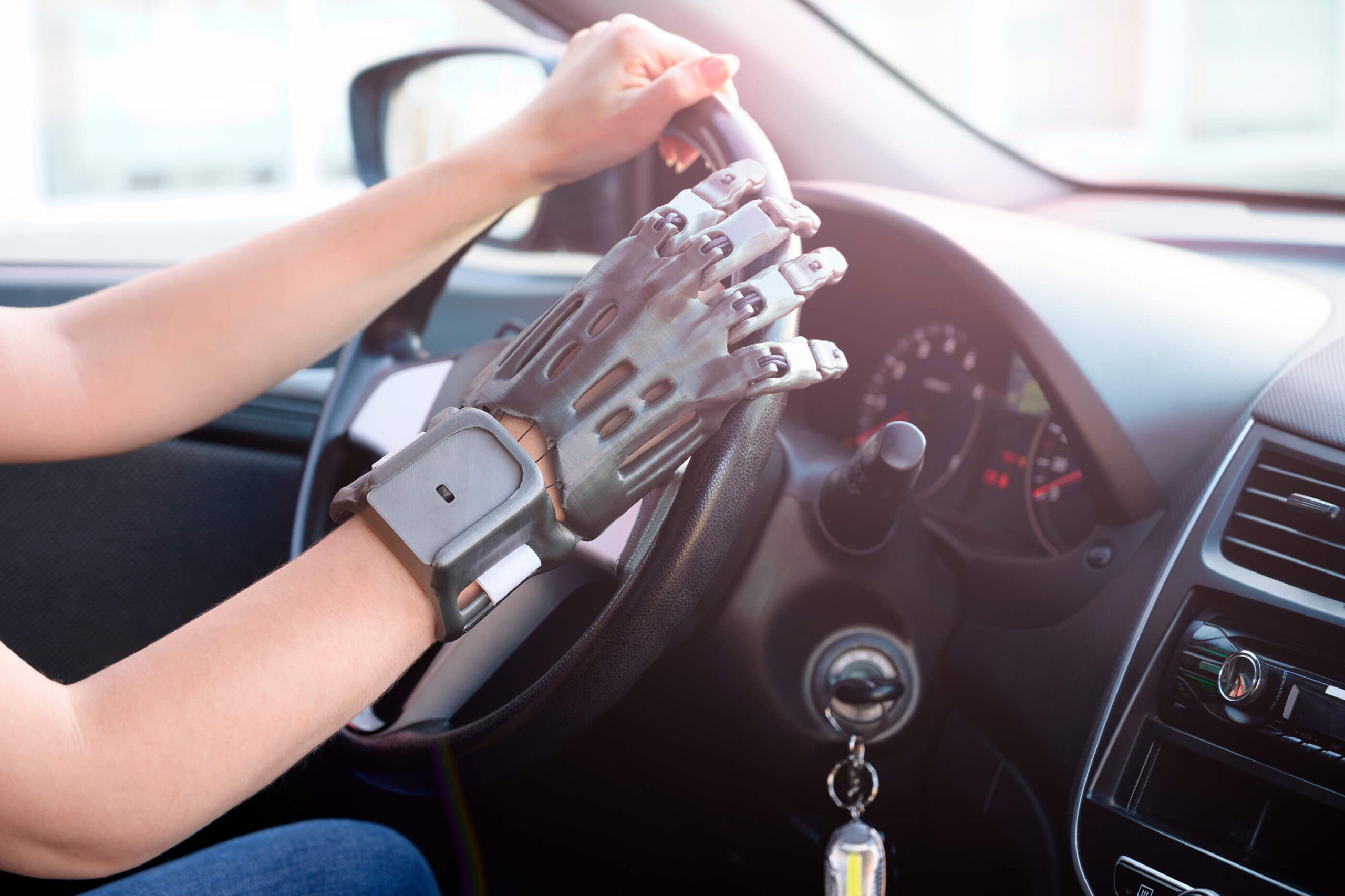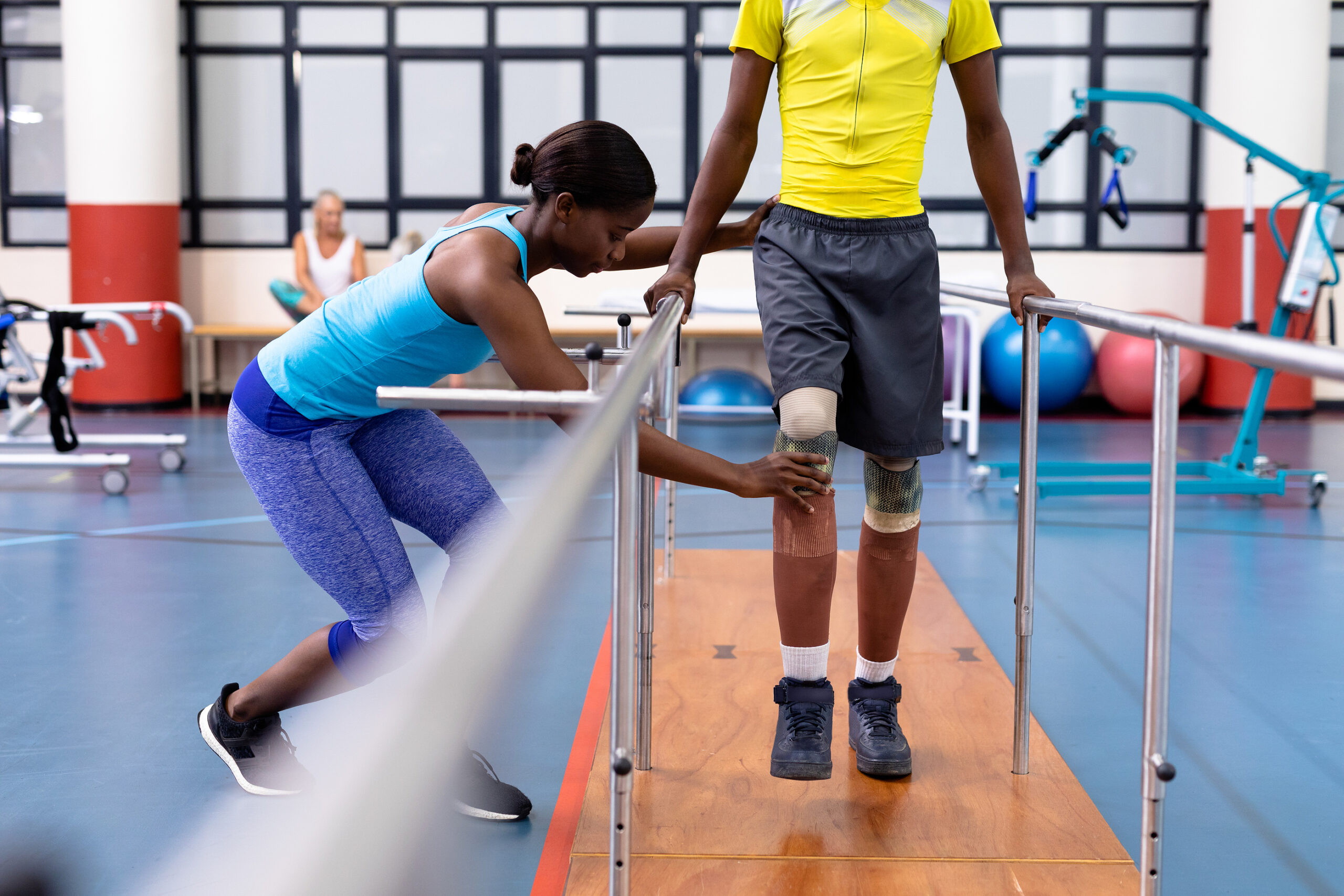You may be surprised to learn that amputations are fairly common in the United States. In fact, approximately 150,000 patients undergo a lower extremity amputation each year. The reasons for amputation are numerous, but the most common causes of amputation include diabetes, peripheral vascular disease (a circulation disorder), neuropathy, and trauma.
When a patient sustains injuries as a result of an accident or has a condition that warrants amputation, they often employ a prosthetic device, or prosthesis, to undergo rehabilitation and learn alternative ways to function after the loss of a limb. Prosthetic limbs are not one-size-fits-all, however, and rehabilitation is a process. If you’ve lost a leg or a foot, for example, you have to focus on keeping your healthy leg in good shape while adjusting to life with the prosthetic device.
Once you’ve undergone basic rehabilitation, you may want to learn how to drive with your prosthesis. At this point, you’re probably wondering, “Can amputees drive?” The answer is, generally, yes. You may require some vehicle modifications, but driving with a below-knee amputation is possible.
How Do Amputees Drive with Lower Extremity Amputations?
Depending on the area of your amputation, driving with a prosthetic device is achievable. In fact, many prostheses are designed to look like a natural leg, arm, or foot. Prosthetic device parts are pretty similar and include a socket for the residual limb, a suspension that holds the prosthesis and residual limb together, the shaft, the foot, hand, or hook, and a cosmetic covering.
Here’s how amputees with varying conditions have relearned how to drive a vehicle with their prosthetic limb:
Can You Drive If You Have a Prosthetic Leg?
People with all types of amputations can still drive a car with the right vehicle modifications, and leg amputees are no exception. In fact, the National Highway Traffic Safety Administration has detailed adaptive technologies that amputees can employ to make driving feasible. While the cost of these adaptations certainly isn’t insignificant, they do offer amputees a level of independence not previously reached in past decades. Specifically, leg amputees can alter the position of their brake pedals so that both the accelerator and the brake are on the same side of the floor. This allows them to operate both the accelerator and the brake with their natural leg.
Can You Drive with a Prosthetic Right Foot?
In addition to repositioning acceleration and brake pedals, amputees, including those with a prosthetic right foot, can install hand brakes for added safety. When an amputee installs hand controls in their vehicle, they can control the accelerator, brakes, and clutch with their hands. Additionally, if you have a prosthetic right foot, you can alter the location of your accelerator and brake pedals to operate them entirely with your left leg and foot.
Adapting Your Vehicle Post-Amputation
Over the last several decades, scientists and vehicle manufacturers have made tremendous progress in introducing adaptive vehicle technologies to the market for people with prosthetic limbs. One thing people should understand when consulting with an expert about which adaptation would work best for them is cost. For some, there are specific seat back cushions that can be easily inserted into a vehicle for as little as $50. Additionally, hand controls also come in at a reasonable $1,000.
For amputees who require more assistance, such as having a vehicle that is wheelchair-accessible, the price tag is much higher. Currently, a new vehicle with different levels of adaptive equipment can cost buyers between $20,000 and $80,000. Before purchasing a new vehicle or shopping for adaptive equipment, carefully do your research. Consult with a driver rehabilitation specialist who can tell you what you need to drive safely on the road. The more you research, the more money you will likely save in the future.
With today’s technology, the question of whether amputees can drive is mostly a thing of the past. Still, getting a prosthetic limb for your lower extremities is a huge adjustment, and there are so many things to consider when making your vehicle amputation-friendly. For more information about prosthetics and expert guidance on which options are right for you, contact the professionals at Prosthetic One today.











